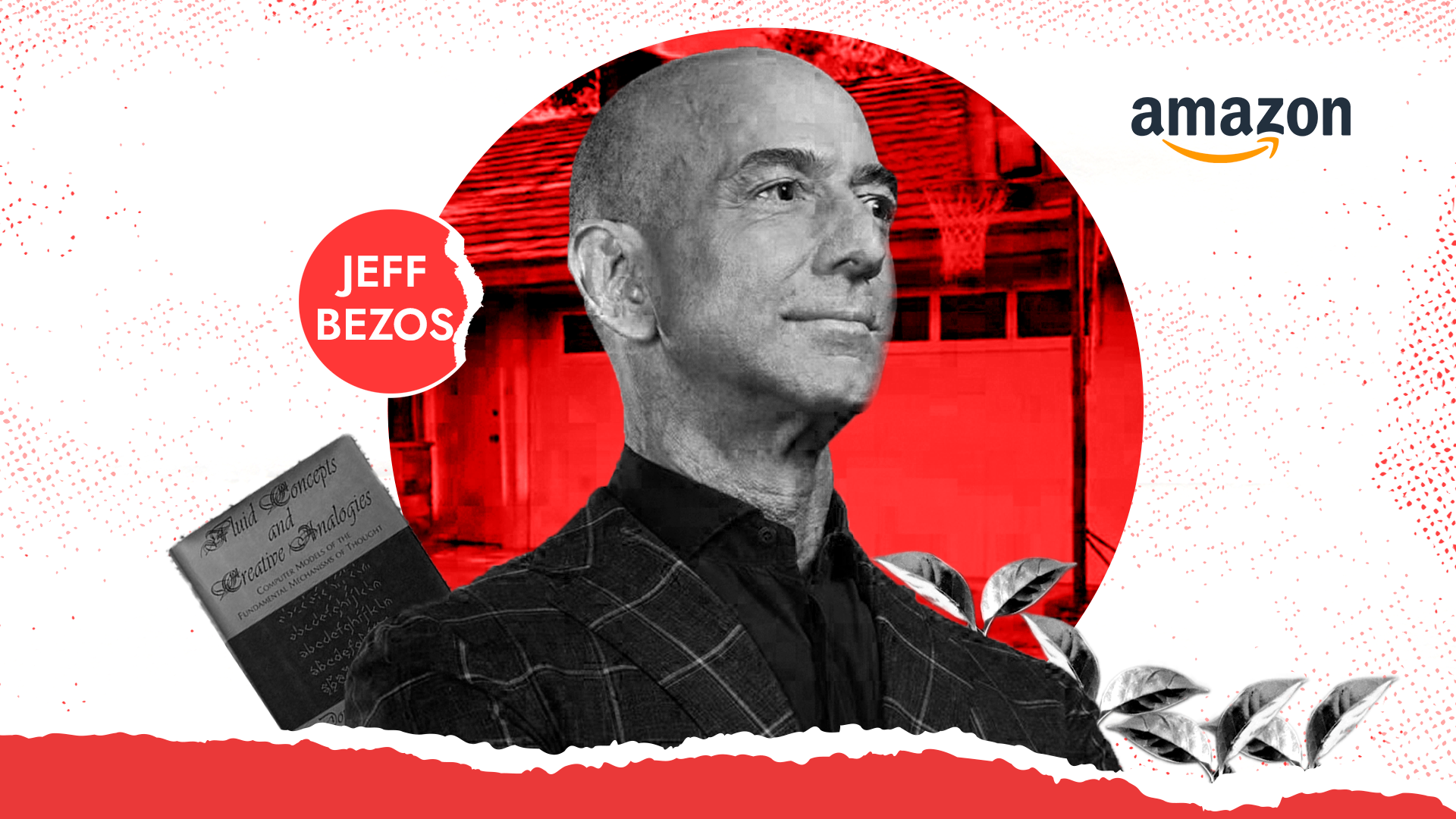Jeff Bezos, 57, CEO of Amazon and currently the world’s second-richest man, has recently announced he would be stepping down from his role. He will transition into becoming the company’s Executive Chairman, handing the position to Amazon Web Services head, Andy Jassy.
How Jeff Bezos turned Amazon from an online bookstore to the behemoth it is today

Source: Amazon
Bezos, on learning that web usage was growing by a staggering 2300% a year in the spring of 1994 wanted to cash in on the opportunity of selling products online. And so, he founded Amazon in his garage with an investment of $300000 from his parents. At first, Amazon mostly sold books because Bezos thought they were cheap and had universal appeal.
But, within a few months, the business was earning $20000/week in sales. However, Bezos always knew that Amazon would sell other products and wouldn’t just be limited to selling books. And in 1998, after finding some success, Amazon went on to sell music, videos and some consumer goods. He raised $54 Million in 1997 during its equity offering to notoriously buy out other smaller competitors.
In 2002, Amazon launched Amazon Web Services, which in 2017 held nearly 33% of all cloud services on the web while Microsoft and Google held 18% and 9% respectively. He also launched the famous Amazon Kindle, a tablet used to buy and read books primarily.
We’ll discuss how Jeff Bezos achieved such colossal success and built Amazon from the ground up by learning about his business strategies and leadership style.
- Reinvesting Profits back into the Company.
Jeff Bezos had always focused on the long term success of Amazon with the intent of making it the market leader in e-commerce. As a result, he regularly invested almost all the revenue Amazon made back into the company, instead of allocating them amongst his shareholders.
He wanted Amazon to scale up quickly to achieve market dominance. The chart below showcases how Amazon had almost zero net income for a large tenure in their operation and only recently has been profitable.

Source: Statista
- Focusing on customers instead of competitors

Source: Alamy
Bezos always focused on customer satisfaction rather than outmanoeuvring his competitors. He believes that if a customer is satisfied by your product or service, they won’t even have the curiosity to learn about your competitors.
Bringing value to your customers by finding out the new trends and practices taking place in the industry and instantly capitalising on them to have a leg up has been his mantra. You only need to look at their numbers to understand how effective this strategy has been for him and Amazon.
- Taking risks to be the market leader

Source: Chronicle
Jeff Bezos has been adamant about pushing the boundaries forward by taking risks to be one step ahead of the curve. He argues that nine times out of ten failure is guaranteed, but winning once is worth failing those other times. He created a culture of embracing failure at Amazon.
He even has a ‘regret minimization framework’ where he asks himself if he would regret taking a decision when he would turn 80, a philosophy that American author Tony Robbins also practices.
Take, for instance, Amazon’s personal assistant, Alexa-that comes with their smart speaker, Echo. They capitalised on the trend of creating AI assistants and had an ingenious idea of incorporating them in a smart speaker. In 2020 Amazon Echo products had a market share of a whopping 70% in smart speakers.
- Diversifying assets in Different markets

Source: CassedyAndCompany
Bezos has led Amazon to diversify its assets into all kinds of markets. It is a move that every business as big as Amazon makes. Today Amazon has a ton of subsidiaries under its umbrella. Amazon provides everything from streaming services and tech products to groceries and cloud services.
They also have their own movie studio, a robotics department, pharmacy and self-driving cars. Diversifying income streams has brought in a whole lot of revenue for their parent company and also acts as a safeguard if anything unfortunate happens to the main business.
- Basing Executive decisions on data and analytics

Source: Utreee
Lastly, Jeff Bezos is known among his peers for making decisions based on cold-hard statistics and data. During the early years at Amazon, Bezos would infamously list employees on spreadsheets for analysing their progress and worth.
He likes to quantify all the aspects when running a company to learn where inefficiencies may lie and quickly resolve them to gain optimal performance.
Today Amazon has not just become a global e-commerce giant, but a tech giant too. It has subsidiaries in almost every industry with everything from content streaming and audiobooks to personal assistants and pharmacy. Jeff Bezos’ dedication and ambition towards Amazon has made it the colossal brand we see today.




